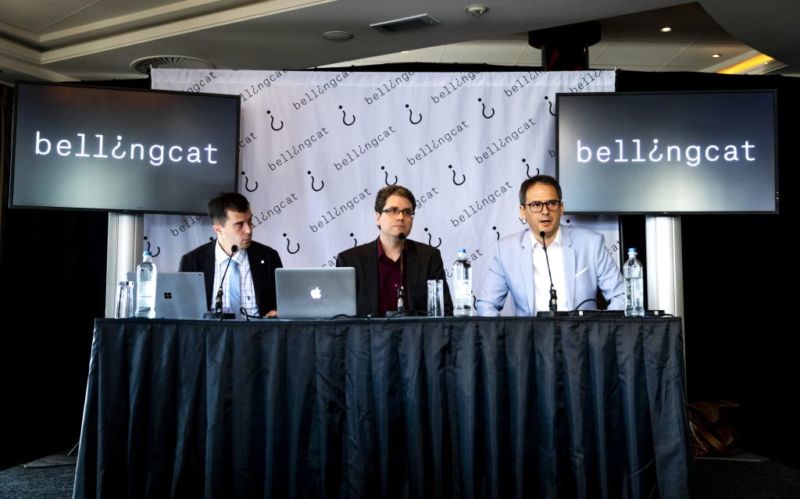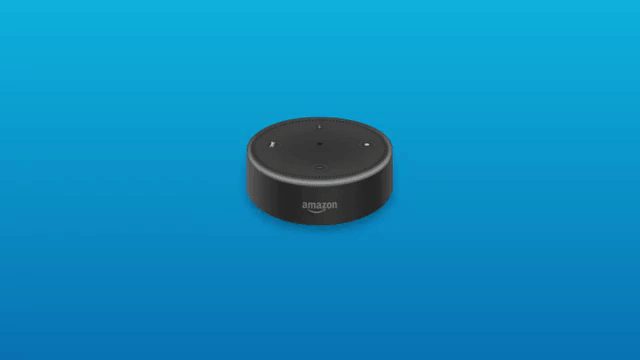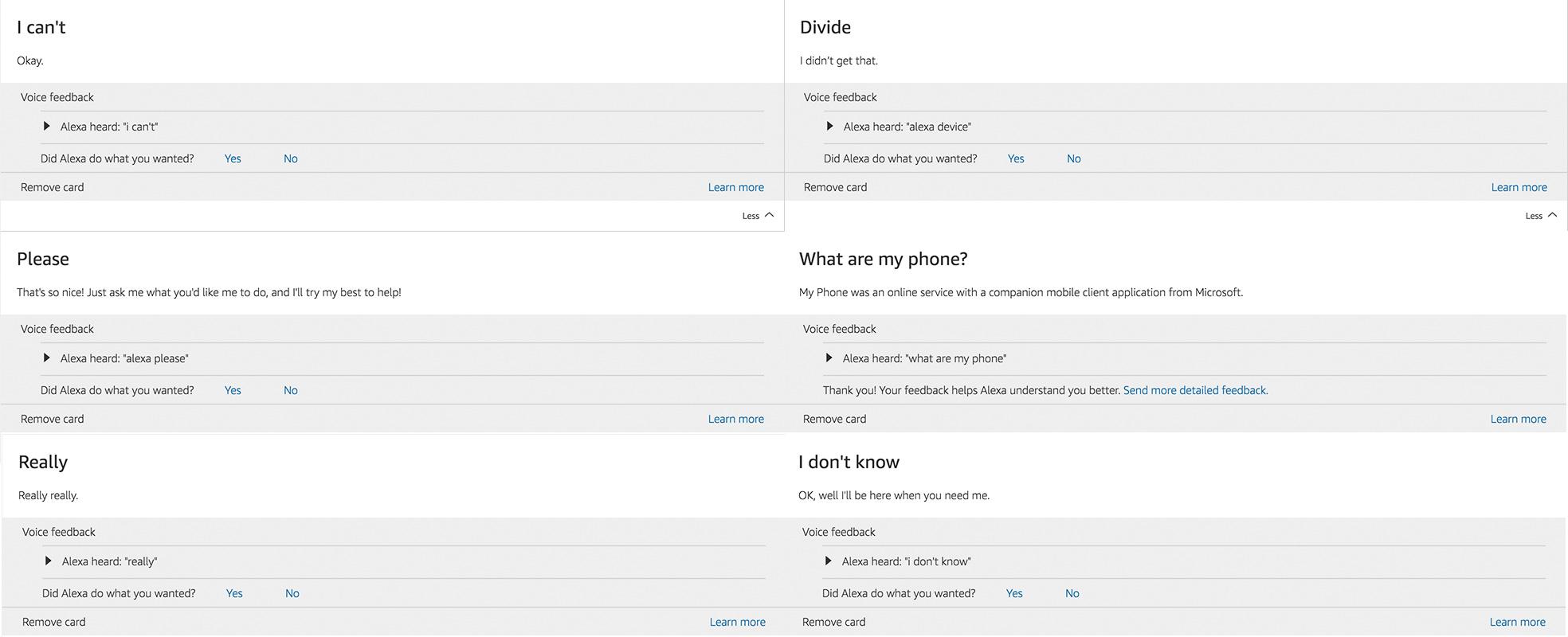How to review your life’s Amazon buying history—and what we learned from our own
https://ift.tt/2seed1c

Amazon
Ahead of the United States’ Memorial Day weekend, Ars staffers were milling about the virtual water cooler when someone happened upon some intriguing data: their personal Amazon shopping history. This spreadsheet, which consisted of years of purchases and thousands of dollars of receipts, was easy to compile within the Amazon account interface, and it fit nicely into that day’s chatter about other companies’ issues with data privacy and GDPR compliance.
So, for funsies, a bunch of us reviewed our past decade-plus Amazon existence by grabbing a giant spreadsheet from our individual “order history” pages. As Americans who’ve spent many years ordering things off the Internet, we at Ars all have Amazon shopping histories in common, but that doesn’t mean we all use the site the same—or feel the same about Amazon’s reach, quite frankly. See below for charts, examples of our first non-media (book or film) purchases at the site, and personal recollections about how Amazon has figured into our shopping lives over the years.
If you want to play along at home, by all means. This link should force you to enter your own Amazon credentials and then redirect you to an “order history” page. The first drop-down menu on the resulting page should already say “items.” Confirm that’s the case, then set the date range from January 1 of the earliest year on record to today. Then pick “request report” and you’ll receive a CSV spreadsheet file that can be parsed by Microsoft Excel and Google Sheets. You may need to split this into multiple reports (like, 2005-2009, 2010-today), should your shopping history be as big as some Ars staffers’.
Let the data (and knickknacks) begin
-
Each gallery includes supplementary info provided by Ars staffers, in the order of their blurbs. Here are Samuel Axon’s first media and non-media orders from Amazon.
-
Beth Mole’s first non-media purchase on Amazon was a gift for her mother. (Way to shame the rest of our mom gifts, Beth.)
-
Beth Mole’s shopping-history review reminded her that she purchased this incredible baby-sized shark robe.
-
Beth provided a shopping-habits chart by year.
-
Valentina Palladino’s first non-media purchase was a Nintendo DS game. You can no longer buy this cartridge version for less than $50 on Amazon, by the way.
Samuel Axon, senior reviews editor: $8,285.42 since 2009
Most of my Amazon buying history is Christmas presents, as my family uses it for wish lists. Total dollars spent is also a misleading number, as my fiancée and I split some of the spending. That’s not reflected here, as she has transferred money from her account to mine to cover half the cost of many of those gifts.
What aren’t gifts are mostly purchases via killer deals I saw online through affiliate links on various tech and gaming sites. I generally try to avoid using Amazon as much as possible. Same-day delivery in LA is awesome, but I have concerns about one company basically owning all the retail infrastructure in the United States, which seems like where we’re headed. Also, Amazon needs to pay its fair share of taxes in the United States.
I’m always impressed with what Amazon has accomplished—its success is not unearned. But the more a company looks like a monopoly either actually or potentially, the more disinclined I am to give them my money.
Beth Mole, health reporter: $4,262.51 since December 2006
My first set of orders were presents for family members—a DVD set and books—which was a theme until around 2014 when my then-boyfriend (now-husband) added me to his Prime subscription. My first non-book/DVD/CD purchase wasn’t until October of 2007, when my brother and I went halfsies on a fancy kitchen mixer for my mom’s birthday.
My (sparse) order history between 2006 and 2013 continued to be mostly an odd assortment of presents for family and friends—which is actually kind of fun to look back on. For instance, it includes the first things I bought my nephew when he was born: a tuxedo bib, Goodnight Moon, and a shark robe (you know, baby essentials.)
Since getting Prime (and becoming lazier about going to actual stores), I’ve strayed more into domestic ordering, such as paper products, allergy medicine, soaps, and toothpastes. Boring stuff. But the past year, I started going back and forth between Amazon and Target, which now has free, generally fast shipping and sometimes better deals.
Valentina Palladino, associate reviewer: $9,726.12 since 2009, “72 orders a year for the past three years”
Unsurprisingly, most of my first Amazon purchases were books. I have a couple of fond memories of a delivery truck rolling up to my family’s home and its driver dropping off a single package for me containing the newest Harry Potter book that had just come out that day. Fortunately or unfortunately (depending on how you view it), my Harry Potter reading experience wouldn’t have been the same without release-day delivery from Amazon.
But my book purchases slowly took a backseat as years went by and as items like ink cartridges, HDMI cables, and two-pound bags of chia seeds became more important than the newest novel release. Today, I mostly turn to Amazon for necessities that cannot wait for my next IRL shopping trip, routinizing my online shopping and making most of my order history incredibly boring. It would be really easy for me to lean on Amazon for all of my purchases since I work from home, but I regularly try to take trips to retailers big and small for essentials, gifts, and home decor or other things that I want to have more personality.
Now it’s rare that I even buy a physical book from Amazon, but that’s because I’m an avid Kindle reader, so Amazon provides the reading material still with a some supplementation from my local library’s digital shelves. But on the rare occasion that I do order a physical book, I still get as excited to receive that package as I did years ago—and those will forever remain my favorite Amazon packages to receive.
-
Sean Gallagher showed us all up in the 3D-effects department.
-
Sean’s first non-media purchase was a digital camera in 2002.
Sean Gallagher, IT editor: $2,373.03 since 2006
Most of my early Amazon purchases were books, and I only made a few purchases per year until around 2016, when we opted into Prime. Almost everything I’ve personally bought aside from books is a tech-related (Arduino, OrangePi, Raspberry Pi, replacement laptop batteries, phone cases, cables) or a gift (Shark Bite novelty socks for my daughter, for example). But I’ve also bought stuff for my other silicon-based activity: pottery. There are a couple of orders for “Speedball 001066 Underglaze, Black,” as well as potter’s tools and chamois cloths for use in throwing pots on the wheel.
John Timmer, senior science editor: $3,500 since creating an Amazon account (no date given)
A disturbingly large amount of my purchases came via rewards points generated by my primary credit card—over half the entries include the term “gift card”—so the actual total of my own money is substantially lower than that.
The entries are an extremely random set of electronics, bike stuff, and one of my odder hobbies: growing wildly inappropriate trees from seeds in small apartments. The very first item is a device from a dead platform, a Palm Tungsten TX. From there, my record shifts into more sensible purchases, like SSDs (both of which I’m still using), keyboards, mice, and hard drives for my NAS. It looks like, for many years, whenever space was getting tight for my backups, I’d simply grab whatever gift certificates I had around, buy the biggest drive they would get me, and throw that into the NAS.
Biking stuff was a slow trickle for many years, mostly replacing worn-out things, until there was a sudden binge when I bought my first new bike in 25 years a little while back.
Then there are the seeds. I currently have a very small giant sequoia on my balcony. It’s a replacement for a coast redwood that I managed to get to my own height before it outgrew its pot and suddenly died. That’s a pattern I’ve been dealing with for a while: the trees look great right up until when they commit to dying, at which point no amount of care or larger pots can dissuade them. So there’s a steady stream of seed purchases, as I try to keep some new trees starting in case the older, larger one decides to give up; some buys happen just to deal with the fact that not every batch of seeds is good. The hope is, at some point, to get one of my trees that’s still healthy to someone’s house for planting. But it’s been a while, and it hasn’t happened yet.
Even more embarrassing is the knowledge that Amazon’s not my only supplier for this.
-
Jeff Dunn’s first Amazon purchase was this laptop.
-
Megan Geuss’s first non-media Amazon purchase was this mixing bowl. “Ideal depth for easy mixing,” and “currently unavailable,” hahahah suckers!
Jeff Dunn, tech writer: $3,116 since 2011
I was just wrapping up college at the time I opened my account, but my first major purchase came a few months later when I bought a Sony Vaio S as my first “professional” notebook. It was a bit of a splurge at the time, but my adolescent desire to not carry a MacBook like everyone else, combined with the fact that I had just spent three years using a junky Gateway, was enough justification for me. I think I witnessed about four other Vaio owners over the period I used mine.
That purchase alone continues to make up a third of my total Amazon spending. Since then, I’ve pretty much exclusively used the site to buy (Hank Hill voice) video games and video game accessories, with a few books and board games thrown in. This reinforces a few things for me:
1. I am a young guy who has never been married, had kids, or lived in an exceptionally large apartment. (This will all change soon enough, but I’ve been frugal while I could.)
2. I have never lived close to a GameStop and/or rarely find its prices appealing.
3. I spent the first couple years of my career writing about the video game industry.
4. I generally don’t like buying things online. Some deep-seated part of my monkey brain doesn’t trust online stores with things like food or basic household items; if I need those things, I usually want them now, and I don’t mind taking the walk or car ride to go get them. Getting away from the screen is healthy, right? I’ve made it a point to live within walking distance to a grocery store when hunting for my last few apartments, so that’s helped.
I’ve also covered Amazon enough to know that, for the wrong person, Prime becomes an excuse to buy things more than a helpful tool for buying things you planned to get anyway. I’m probably the wrong person in that case, so I’ve stayed away.
Megan Geuss, staff editor: $2,565 since 2009
I opened an Amazon account in 2005, when I apparently purchased a number of books for my sister’s high school language class. I have no recollection of this and no idea why I would have done this: I was already in college and living 350 miles away from home. But Amazon indicates that they were shipped to my sister, and they’re titles you read in high school: The Importance of Being Earnest, Tess of the d’Urbervilles (uggggh, a blight on English Literature), Lord of the Flies.
Amazon won’t give me prices for any of the books before 2008 for some reason, but I can tell you I bought exactly 10 books in my three first years as an Amazon customer. In 2009 I made my first non-book purchase: a heavy, red, 7.5-quart ceramic bowl. I had just moved into a proper apartment (I had been living in the basement of a house with six other people for a while), and I saved up to get something nice. I still have it, and I love it.
In total, I’ve bought 107 items from the retailer, and in many cases a group of items represents an order of several books before a school semester. I don’t have data on the 10 first items, and my above tally includes every purchase after those. My spendiest year was 2017, which was the year a number of weddings and new babies happened in the family, so there were a lot of gifts to buy.
Mostly, looking over my Amazon history, I’m struck by how much Amazon potentially knows about me. My purchases are pretty mundane, but you could deduce a lot about me from this order history. With that realization, I’ll probably try to buy less from the store in the future.
Tech
via Ars Technica https://arstechnica.com
May 28, 2018 at 08:06AM







